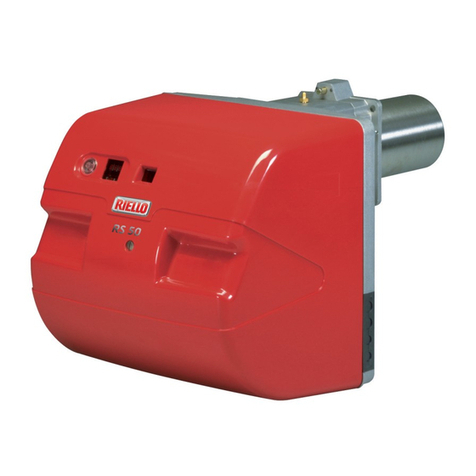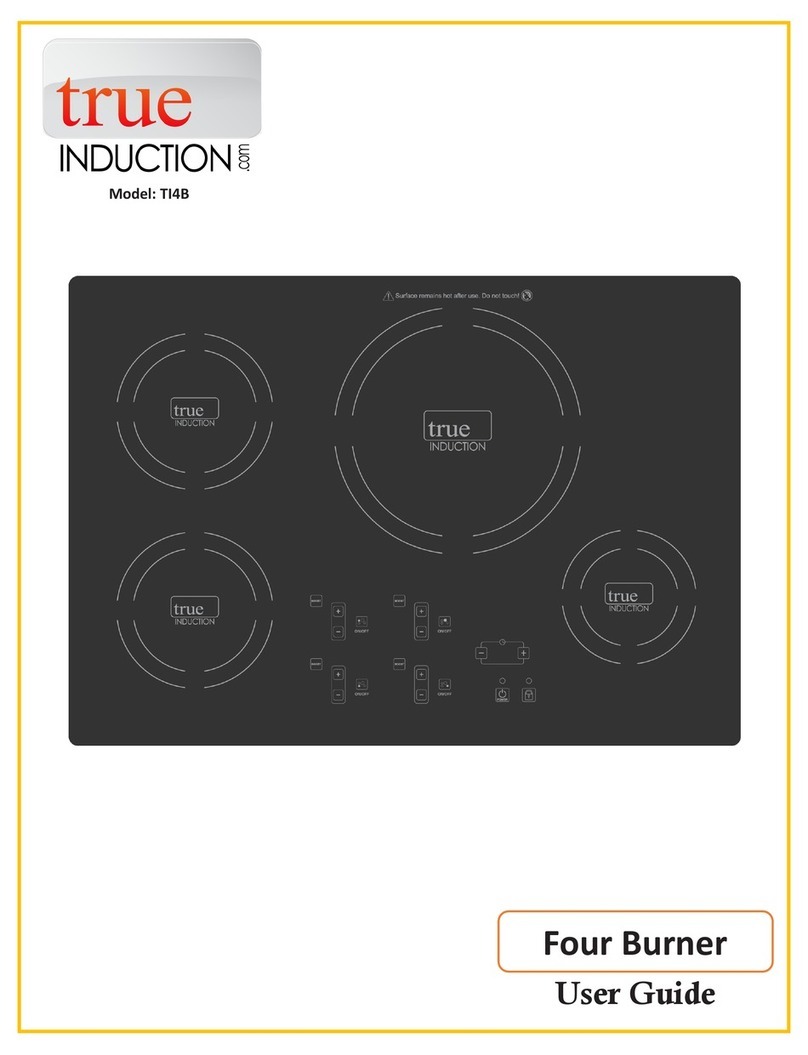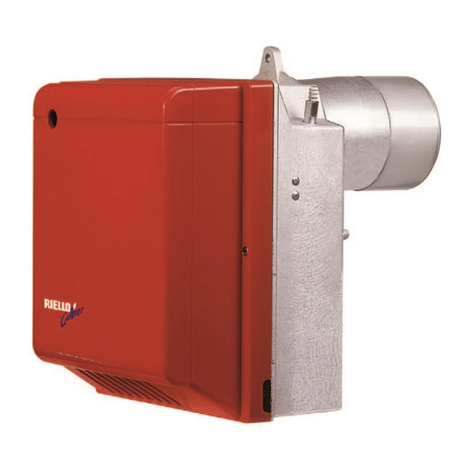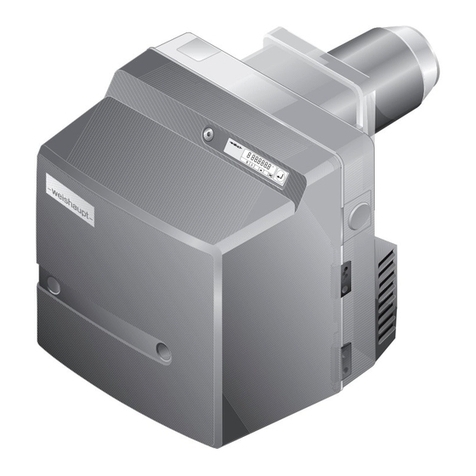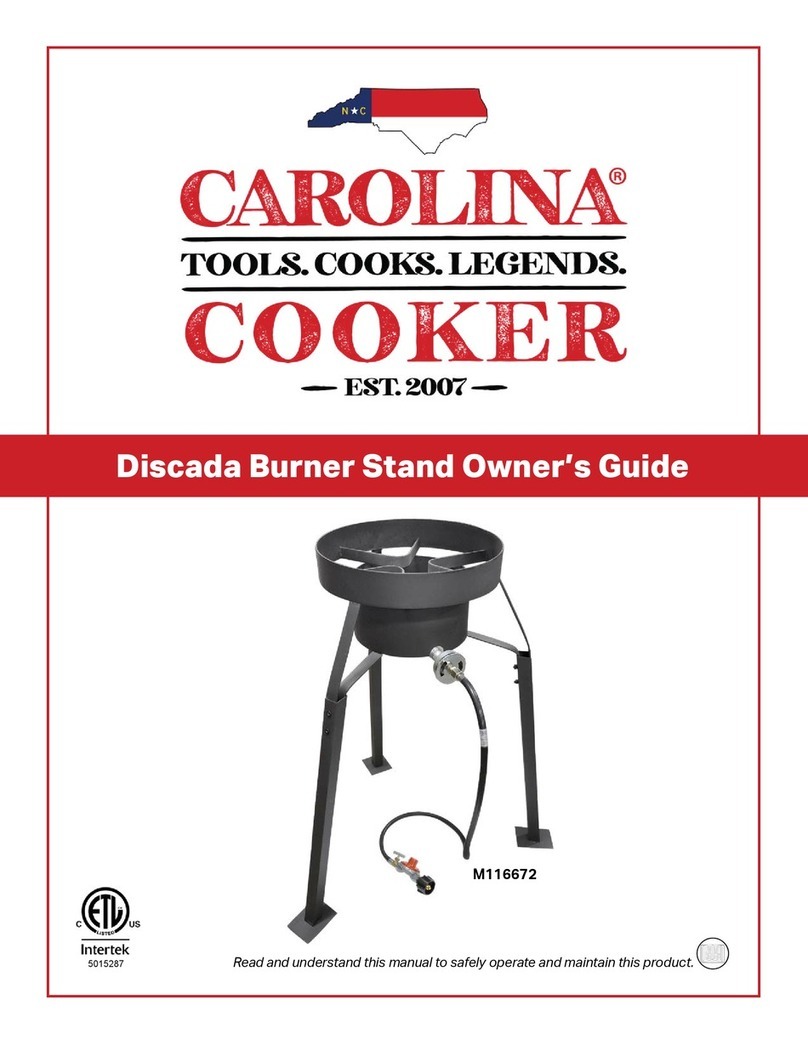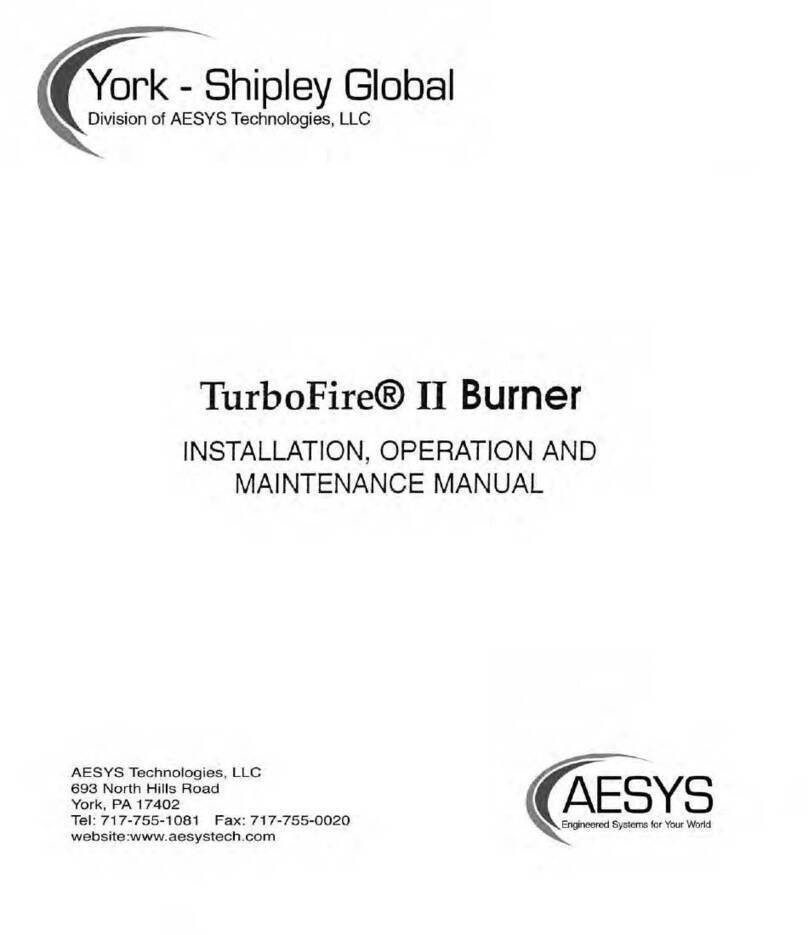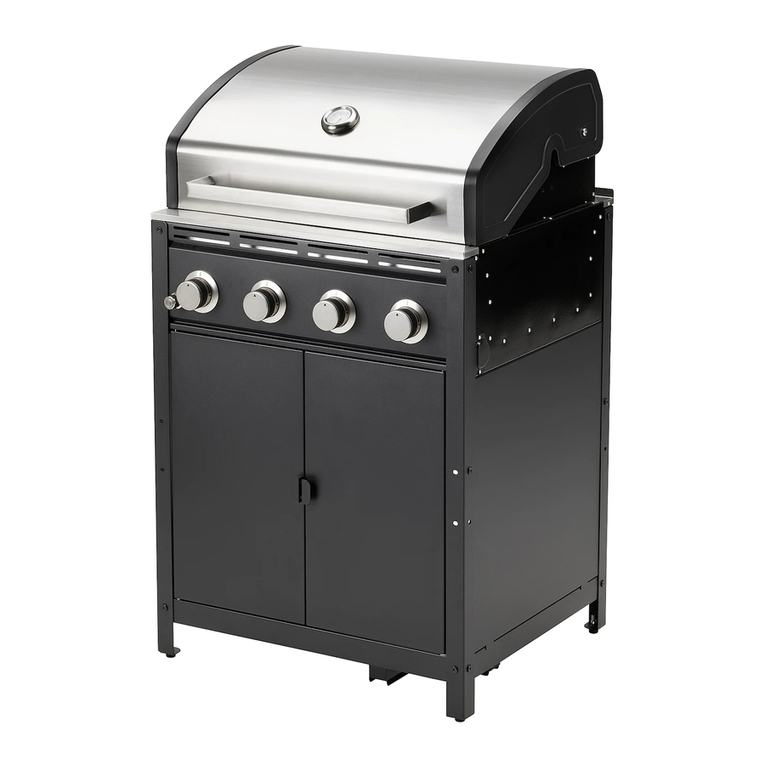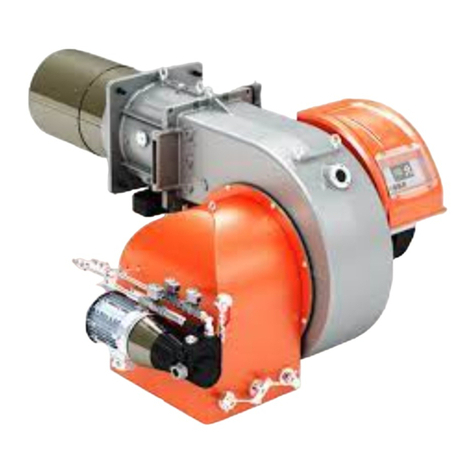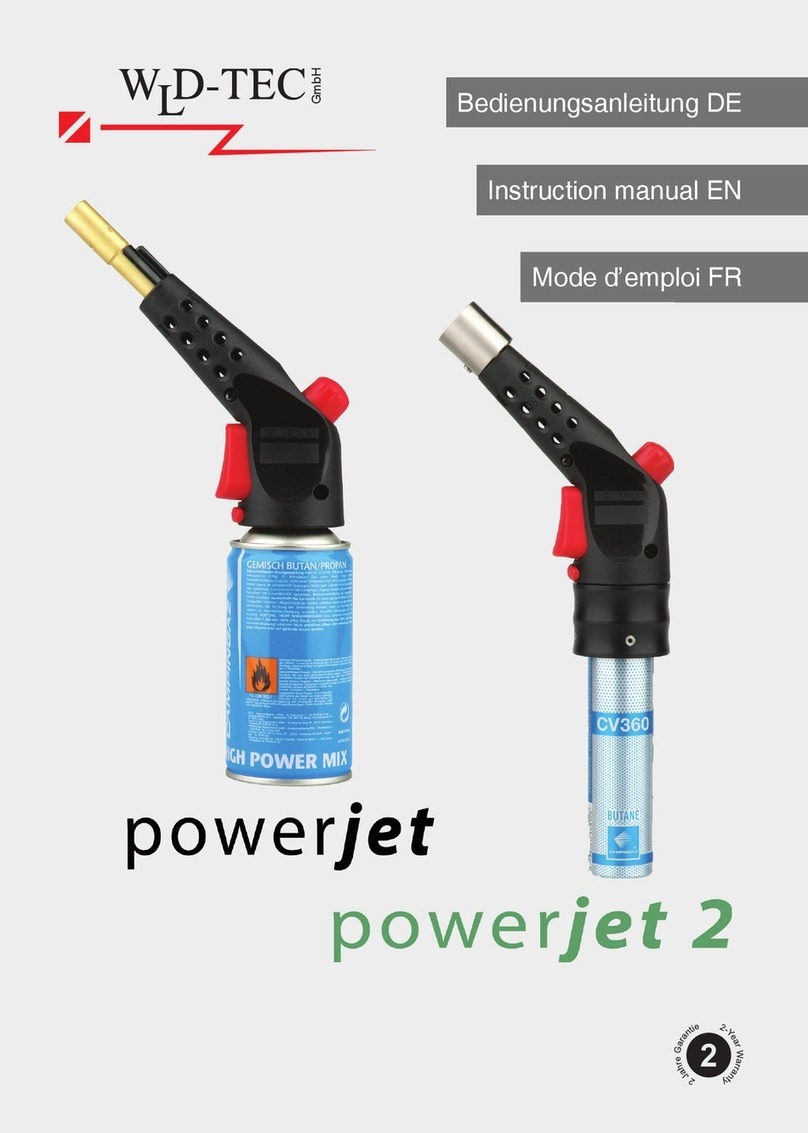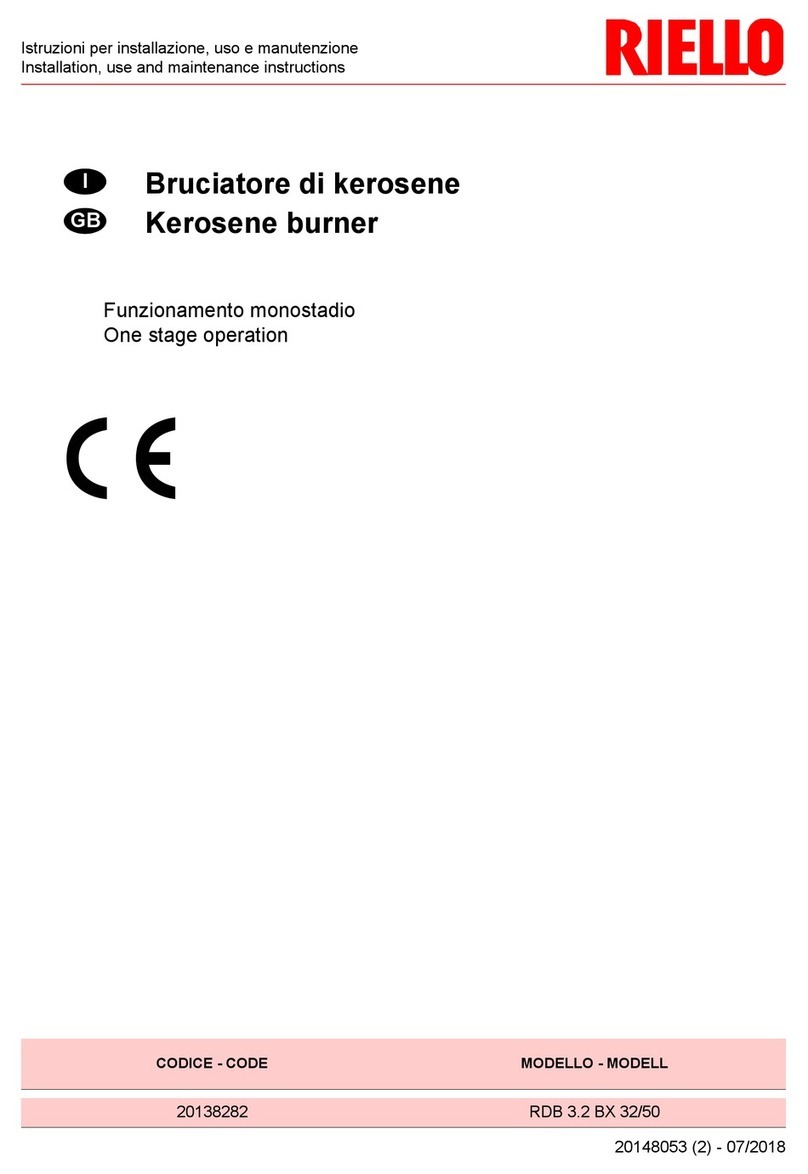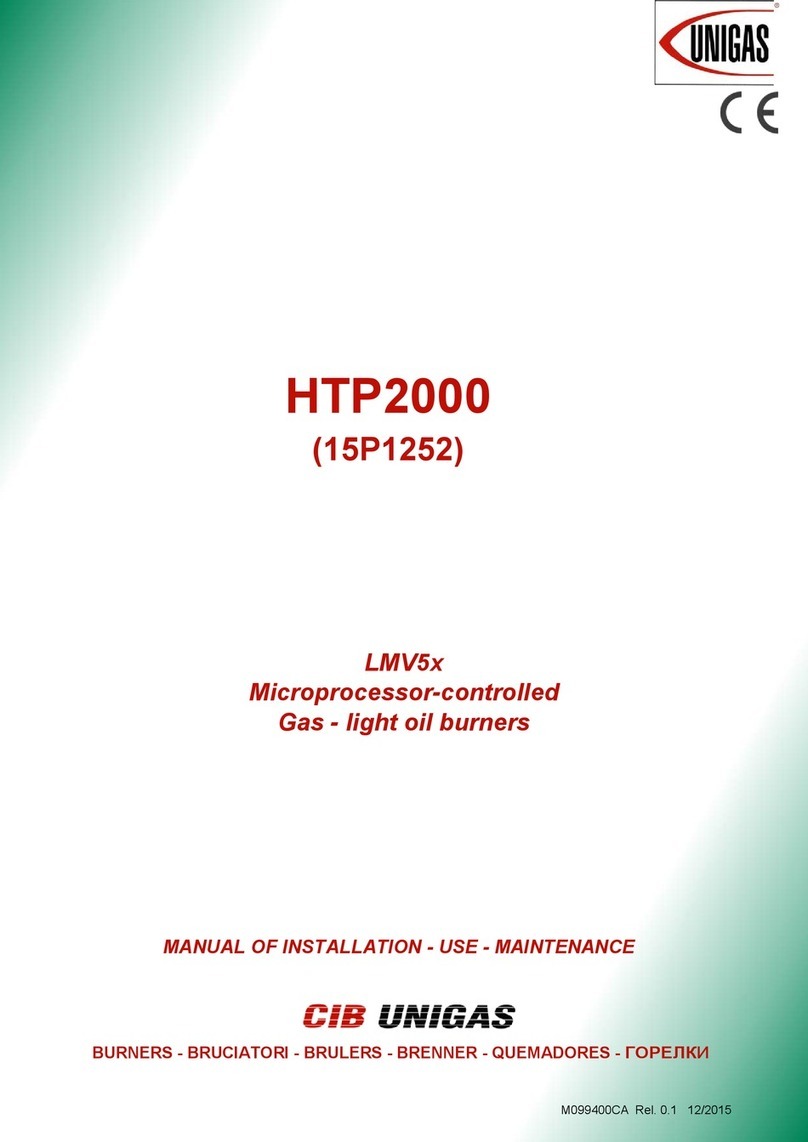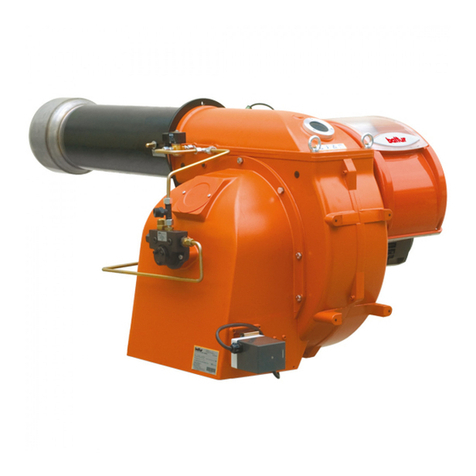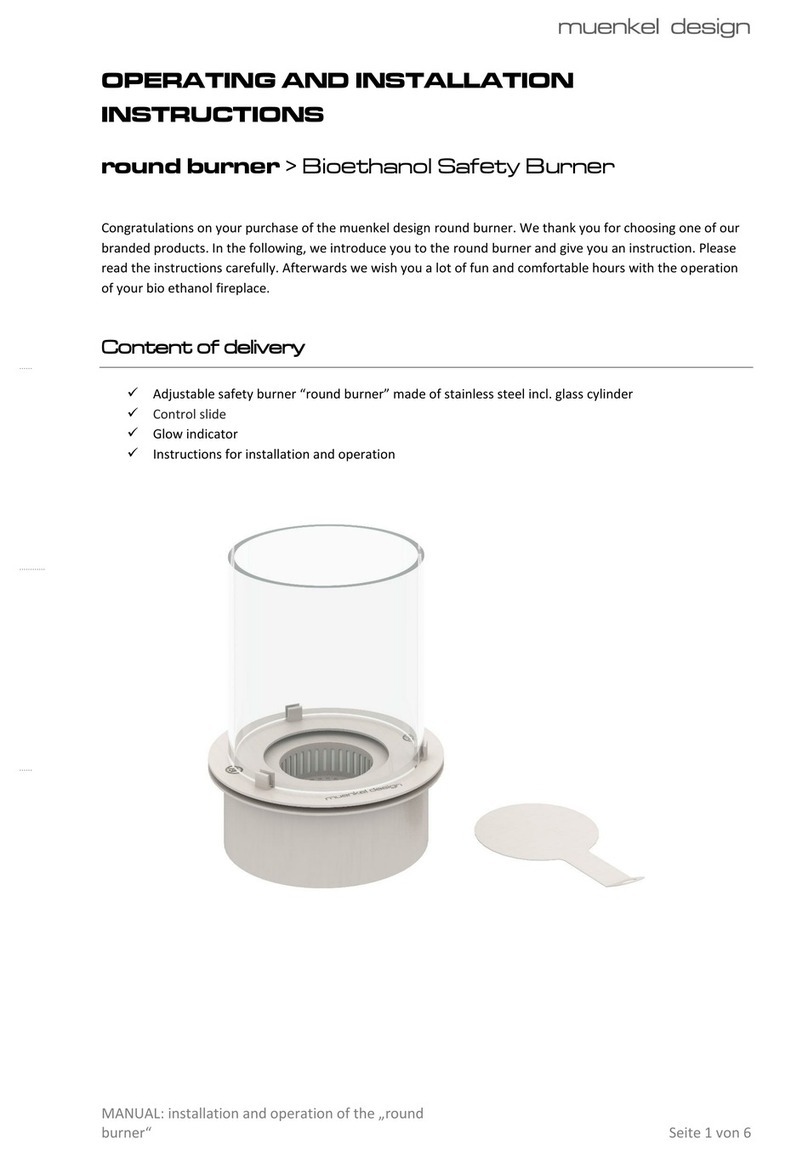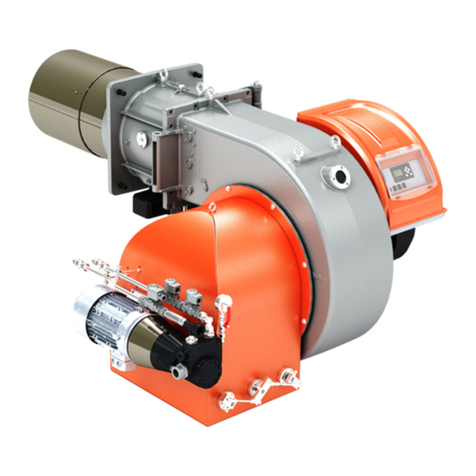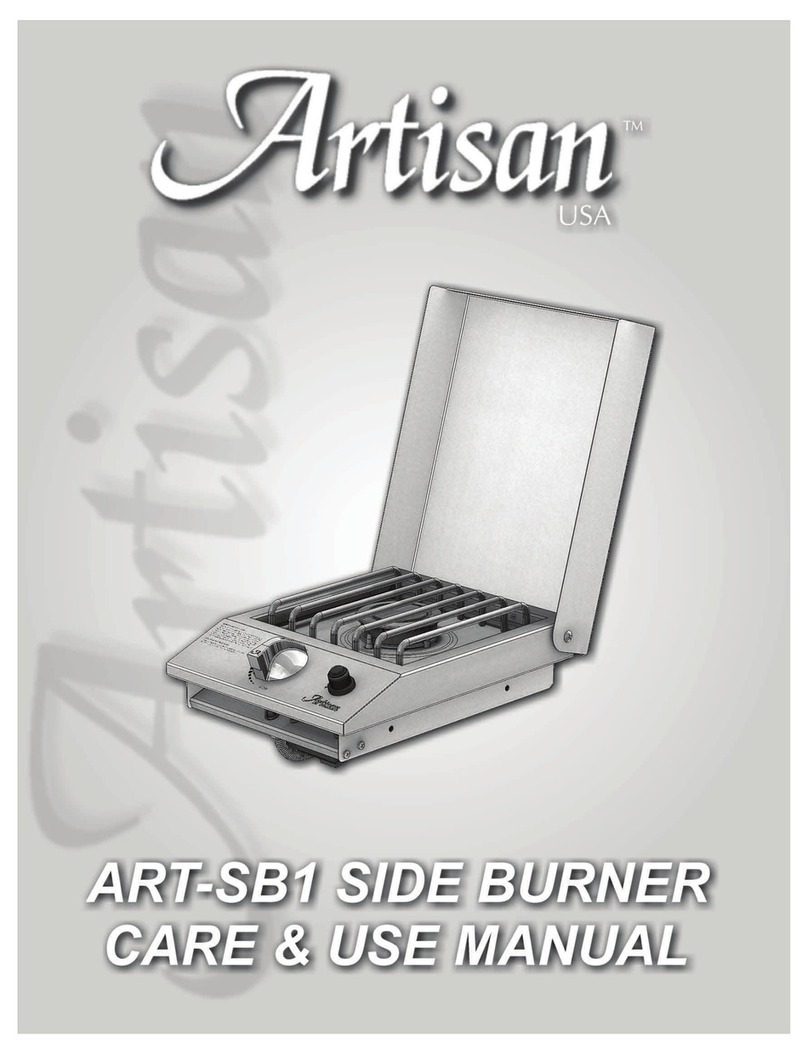Operating Instructions For TD/TAD4 Dual Fuel Burner
June 13 5 of 165 TD/TAD4 Manual Rev 4
5.3 Modulation ....................................................................................................................................................55
5.4 Normal mode...............................................................................................................................................55
5.5 Local mode ...................................................................................................................................................55
5.6 Non-volatile lockout ..................................................................................................................................55
5.7 Ratiotronic 6000 Inverter interface additional information .......................................................56
5.8 Post Purge Operation................................................................................................................................56
5.9 Emergency Stop .........................................................................................................................................57
6Component Setup Parameters ...............................................................................................................58
6.1 Ratiotronic 6000.........................................................................................................................................58
6.2 Danfoss VLT FC 102..................................................................................................................................64
6.2.1 RWF 40.000A97 Default Burner Settings .................................................................................66
7Commissioning................................................................................................................................................67
7.1 Basic settings ..............................................................................................................................................67
7.2 Start Gas Heat Input ................................................................................................................................68
7.3 Pre-commissioning ....................................................................................................................................69
7.4 Commissioning –High Low and Pneumatic Modulation burners - Firing on Gas ..............70
7.4.1 Dry run...................................................................................................................................................70
7.4.2 Check for leaks through the automatic gas valve. ...............................................................70
7.4.3 Check rotation of burner fan motor ............................................................................................70
7.4.4 Check for correct control sequence. ...........................................................................................70
7.4.5 Firing the burner ................................................................................................................................71
7.4.6 Combustion values and results.....................................................................................................71
7.4.7 Adjustment of Gas Proving Pressure Switch ...........................................................................72
7.5 Oil Firing........................................................................................................................................................72
7.5.1 Setting the Firing Rate, High / Low Oil Burners.....................................................................72
7.6 Electronic Modulating Burners ..............................................................................................................75
7.6.1 Gas Butterfly Valve ...........................................................................................................................75
7.6.2 Oil Metering Valve .............................................................................................................................75
7.6.3 Adjustment of air pressure proving switch ..............................................................................75
7.6.4 Ratiotronic programming ................................................................................................................76
7.6.5 Setting the servo motors ................................................................................................................76
7.6.6 Burner Commissioning.....................................................................................................................76
7.6.7 Combustion values and results.....................................................................................................76
8Burner Maintenance Schedule ...............................................................................................................77
8.1 Opening the Burner...................................................................................................................................77
8.2 Minor Maintenance ....................................................................................................................................78
8.3 Major Maintenance ....................................................................................................................................78
8.4 Dismantling and Re-assembly of Burners ........................................................................................79
9Faults and fault finding ..............................................................................................................................81
9.1 Ratiotronic 6000/6006.............................................................................................................................81
10 Useful Information .......................................................................................................................................82
11 Exploded Diagram & Spare Parts List................................................................................................85
11.1 Modulating Oil Modulating Gas Setup ................................................................................................85
11.2 Modulating Oil Modulating Gas with DH2 Pump (TD420 Only) ................................................90
11.3 High Low Oil High Low Gas Setup (TD410 Only)...........................................................................94
11.3 Modulating Gas High Low Oil Setup (TD410 Only) .......................................................................99
11.4 Multi-Oil Multi-Gas Exploded Diagram.............................................................................................104
11.5 TD410 Low NOx Combustion Head Assembly...............................................................................109
11.6 TD415-420 Low NOx Combustion Head Assembly .....................................................................109
11.7TD410 Combustion Head Assembly..................................................................................................110
11.8 TD415-420 Combustion Head Assembly ........................................................................................110
11.9 DN65 Unibloc.............................................................................................................................................111
11.10 DN80 Unibloc.........................................................................................................................................111
11.11 DN100 Unibloc ......................................................................................................................................111
11.12 VGD40.65 Assembly for Pneumatic Modulating and High Low Burners .........................112
11.13 VGD40.80 Assembly for Pneumatic Modulating and High Low Burners .........................112
11.14 VGD40.100 Assembly for Pneumatic Modulating and High Low Burners .......................113
11.15 VGD40.65 Assembly for Electronic Modulating Burners .......................................................113
11.16 VGD40.80 Assembly for Electronic Modulating Burners .......................................................114
11.17 VGD40.100 Assembly for Electronic Modulating Burners.....................................................114
12 Component Information ..........................................................................................................................115
12.1 LFL1.333 Burner Control Box ..............................................................................................................115

